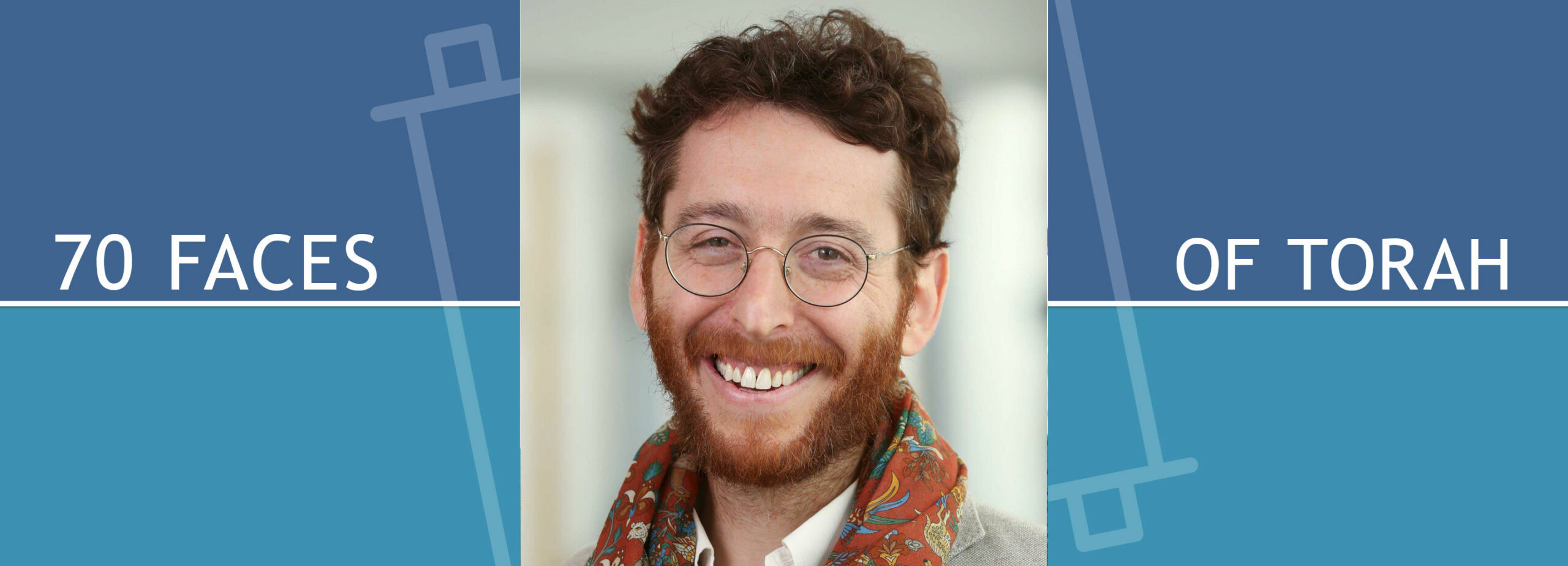Exodus On Approaching the Tyrannical Heart

Parashat Bo (Exodus 10:1-13:16)
There is this scene from a tale by Rabbi Nakhman of Breslov that’s been hounding me lately. In it, the world has fallen under the sway of a handful of tyrants. Each tyrant claims a different moral truth. Each truth-claim begets a different moralizing discourse. As these discourses proliferate, the world divides, polarizes, rends itself apart. Mountains quake. The earth comes undone.
Into the midst of this trembling, tyrannical world, Nakhman places the figure of a zaken – an elder – bearded, pious, frail – who draws a circle of protection around himself and his family. One day, Nakhman tells us, one of the world’s royal tyrants approaches this elder and begs him for healing. A healer by trade, the elder welcomes the tyrant into his circle, then restores his vitality. In thanks, the tyrant yields to the elder a weighty tome: “This book contains a list of all the demons known to rage in the heart of the human-being,” the tyrant says. “By identifying which demon is active in which individual’s heart, you will be able to seize control over that individual.”
The elder smiles, thanks the tyrant, but refuses the book. “My power does not come through naming the demons that possess the human heart,” the elder replies. “My power comes from the faith I have in the human heart’s divine potential, from my ability to see that potential in each individual, then raise it up to the supernal root from which it was hewn.”[1]
Nakhman never describes the process by which the zaken of his tale develops this capacity to unearth from the tyrannical heart a sense of buried divinity. For this, one needs to turn away from Nakhman’s tales and towards Nakhman’s torot – Nakhman’s teachings. The following teaching Nakhman bases upon the first two verses of this week’s Torah Portion, Parashat Bo:
And God said to Moses: Approach Pharaoh. For I have hardened his heart…in order that I might place My signs in his midst [be-qirbo]…that you might know: I am God…(Exod. 10:1-2)
When read within the context of the Exodus narrative, the “signs” God intends to “place in [Pharaoh’s] midst” refer to the plagues God intends to inflict upon Pharaoh’s kingdom. As a result of witnessing the execution of these plagues, Moses will come to “know…God.” This seems to be the basic, contextual reading of the above passage. When Nakhman confronts these verses, however, he replaces their contextual meaning with a kind of hyper-literalism. Indeed, in Nakhman’s hands, “the signs” God “places in [Pharaoh’s] midst” allude not to plagues placed within the midst of Pharaoh’s land, but rather to slivers of divine potential placed within the literal “midst” of Pharaoh himself [be-qirbo].[2] In relocating God’s divine signs from the external sphere of Egypt to the internal sphere of Pharaoh’s psyche, Nakhman effectively redefines the phenomenon by which Moses will come to “know…God” as well. Instead of “knowing God” through the physical experience of witnessing a series of supernatural plagues, Moses will now come to “know…God” through the spiritual revelation of how – even in the darkest and most tyrannical of hearts – traces of God still exist.
There is something beautiful to Nakhman’s claim that there dwells within all existence a constant, underlying capacity for transformation, growth, redemption, godliness. That said, Nakhman’s claim carries with it an extraordinarily problematic implication as well. It feels painful, if not entirely manipulative, to expect a victim to detect, then “lift up,” the “divine potential” of his or her oppressor. And yet, in the midst of our trembling and tyrannical world – where truth claims collide and moralizing discourses generate seemingly unbridgeable ideological chasms – there is something to Nakhman’s vision I can’t quite let go of. For while I deeply believe that we must continue to call out injustice and fight actively for the execution of what we deem is “just,” I also can’t help but linger – again and again – on this image of an elder refusing to exploit the demonic in others, on this depiction of an ancient leader gazing into the hardened heart of a tyrant to find – buried “within its midst” – something human, something divine, something infinitely worth approaching.
Jordan Schuster is in his final year at the Rabbinical School of Hebrew College, where he will be co-teaching a course on the tales of Rabbi Nakhman of Breslov this spring with Rabbi Arthur Green.
[1] Adapted from my reading of Sippurey Mayses, A Mayse Vegn a Higer (#3).
[2] See Nakhman’s Likkutei Moharan 1:64.
Interested in a possible career in the rabbinate? Read Rabbi Dan Judson’s article “Jewish Lessons on Meaningful Work.” Rabbi Judson is Dean of the Rabbinical School of Hebrew College. He has a PhD in Jewish history from Brandeis University.

